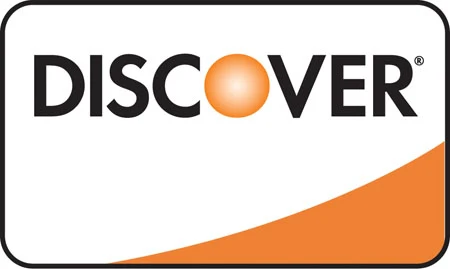Explore practical lessons on supplements, nutrition, and wellness — from benefits and usage to evidence-based insights.

What is Chamomile? Chamomile is a flowering plant belonging to the Asteraceae family, primarily known for its calming properties. The two most common types us…
Read more
What is Cat's Claw? Cat's Claw, scientifically known as Uncaria tomentosa, is a tropical vine native to the Amazon rainforest and other regions of Central and…
Read more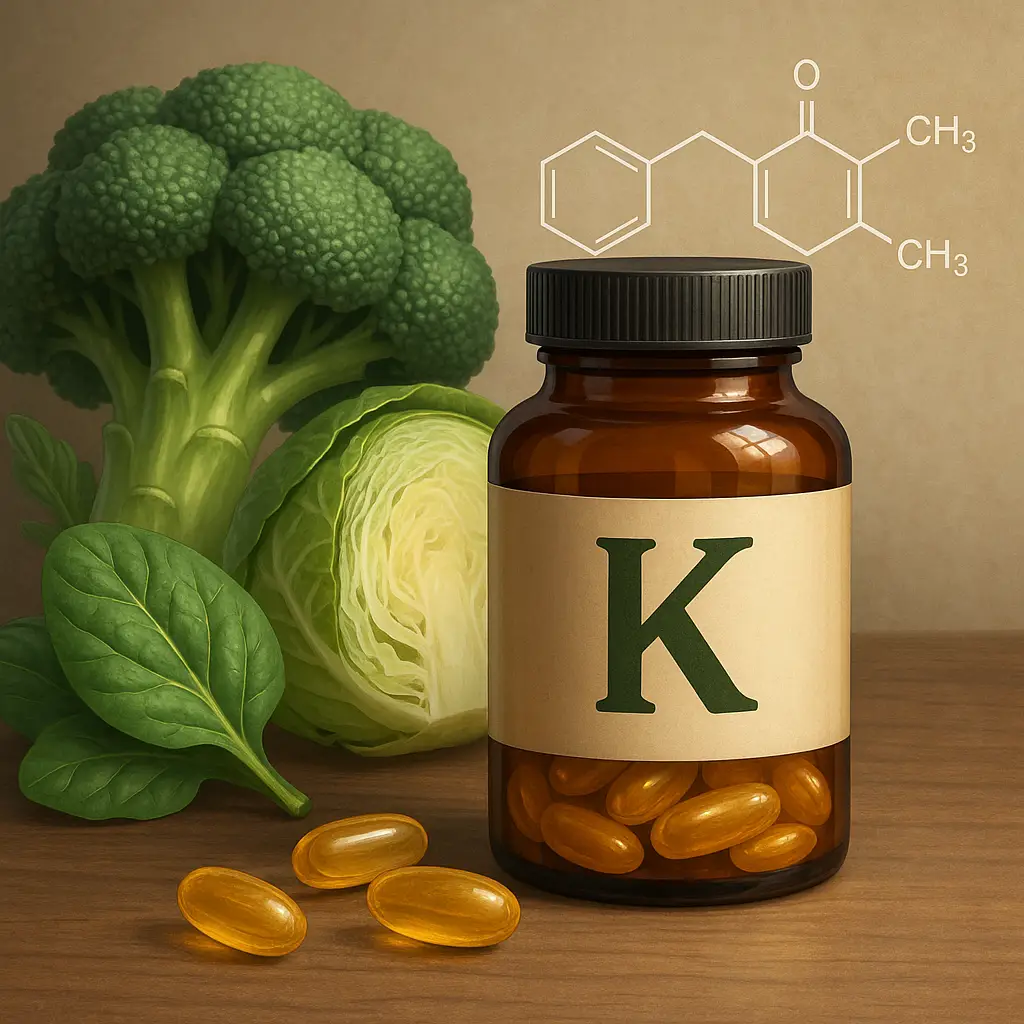
What is Vitamin K? Vitamin K is a fat-soluble vitamin crucial for various bodily functions, most notably blood clotting and bone health. It exists in two main…
Read more
Melatonin is a hormone naturally produced by the pineal gland in the brain, primarily responsible for regulating sleep-wake cycles. It is synthesized from the …
Read more
What is L-Norvaline? L-Norvaline is a non-proteinogenic amino acid and a derivative of valine. Unlike standard amino acids, L-norvaline does not play a direct…
Read more
What is Beta Sitosterol? Beta Sitosterol is a phytosterol, a natural compound structurally similar to cholesterol, found in various plant-based sources. It is…
Read more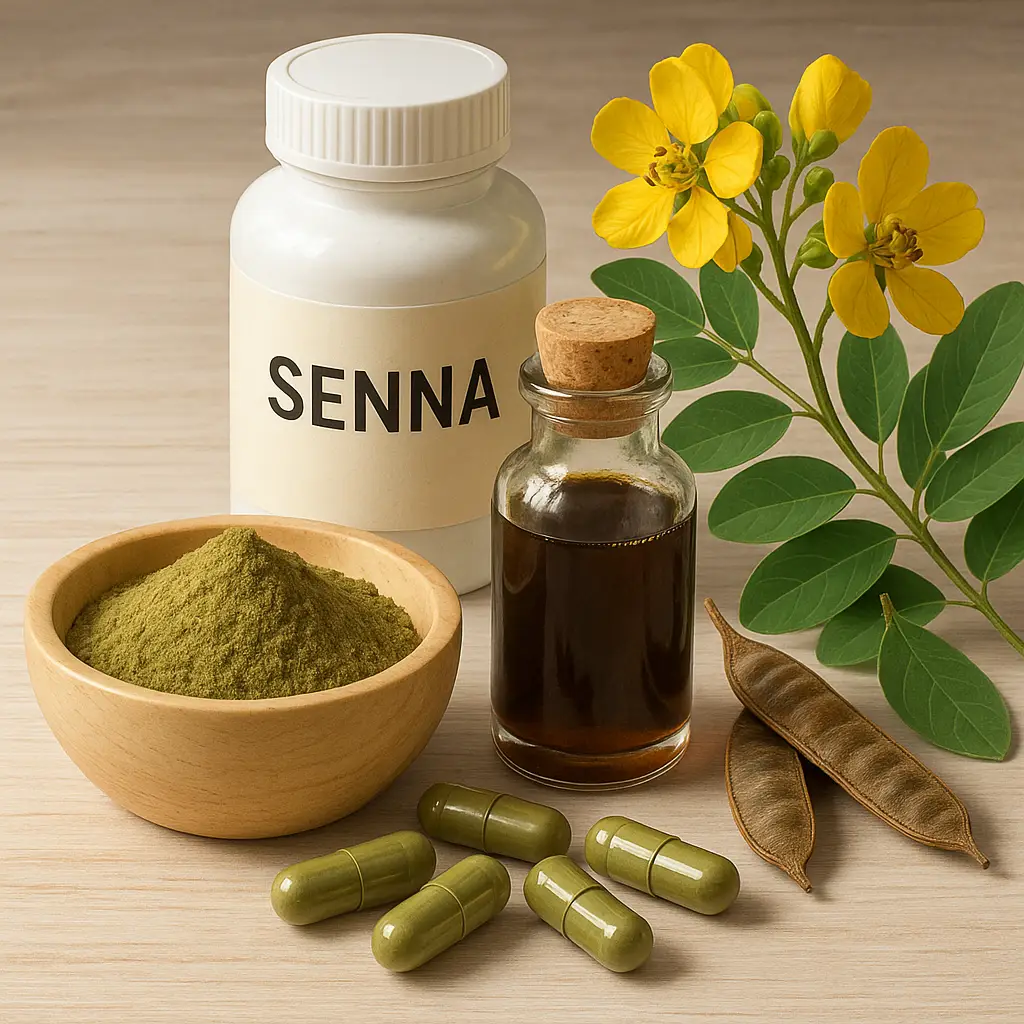
What is Senna? Senna is a flowering plant belonging to the legume family, Fabaceae. It is native to tropical regions of Africa, the Middle East, and India, an…
Read more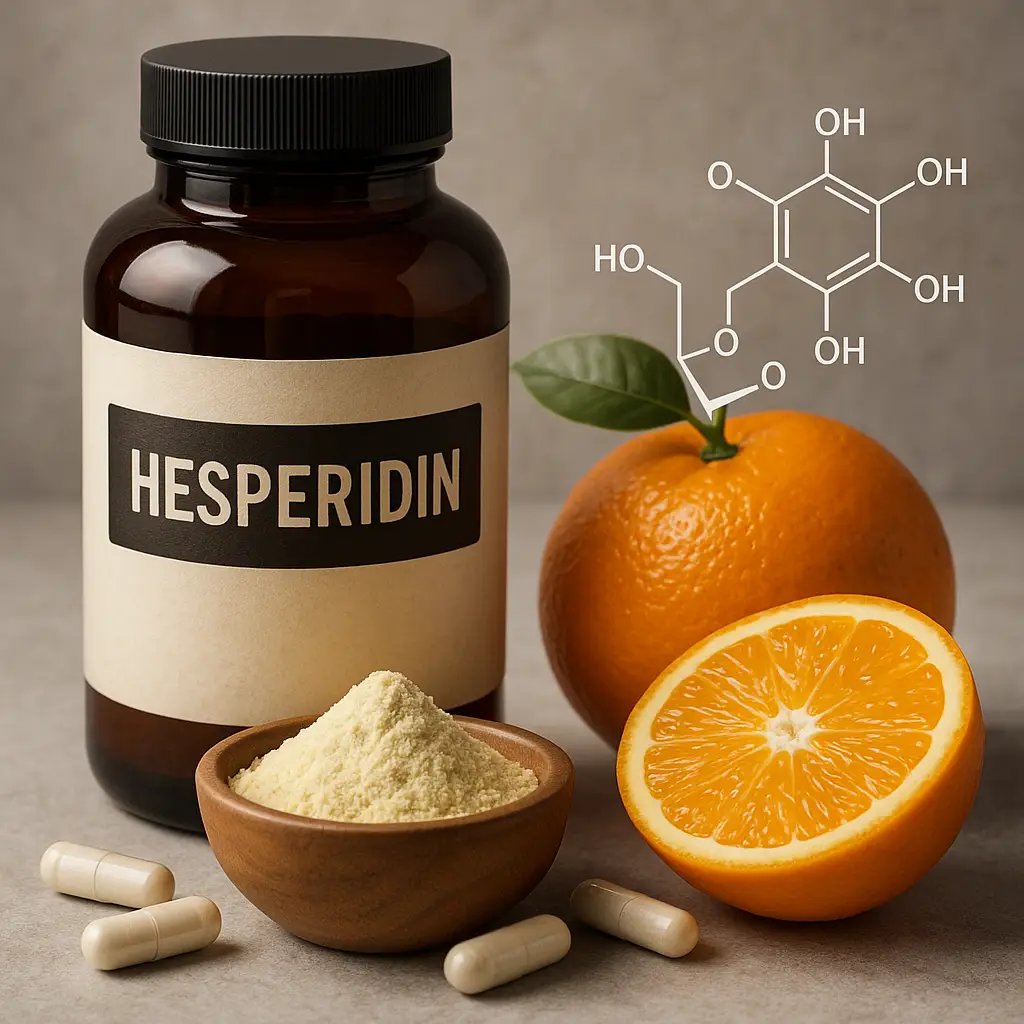
What is Hesperidin? Hesperidin is a naturally occurring flavonoid glycoside primarily found in citrus fruits, particularly in oranges and lemons. It's derived…
Read more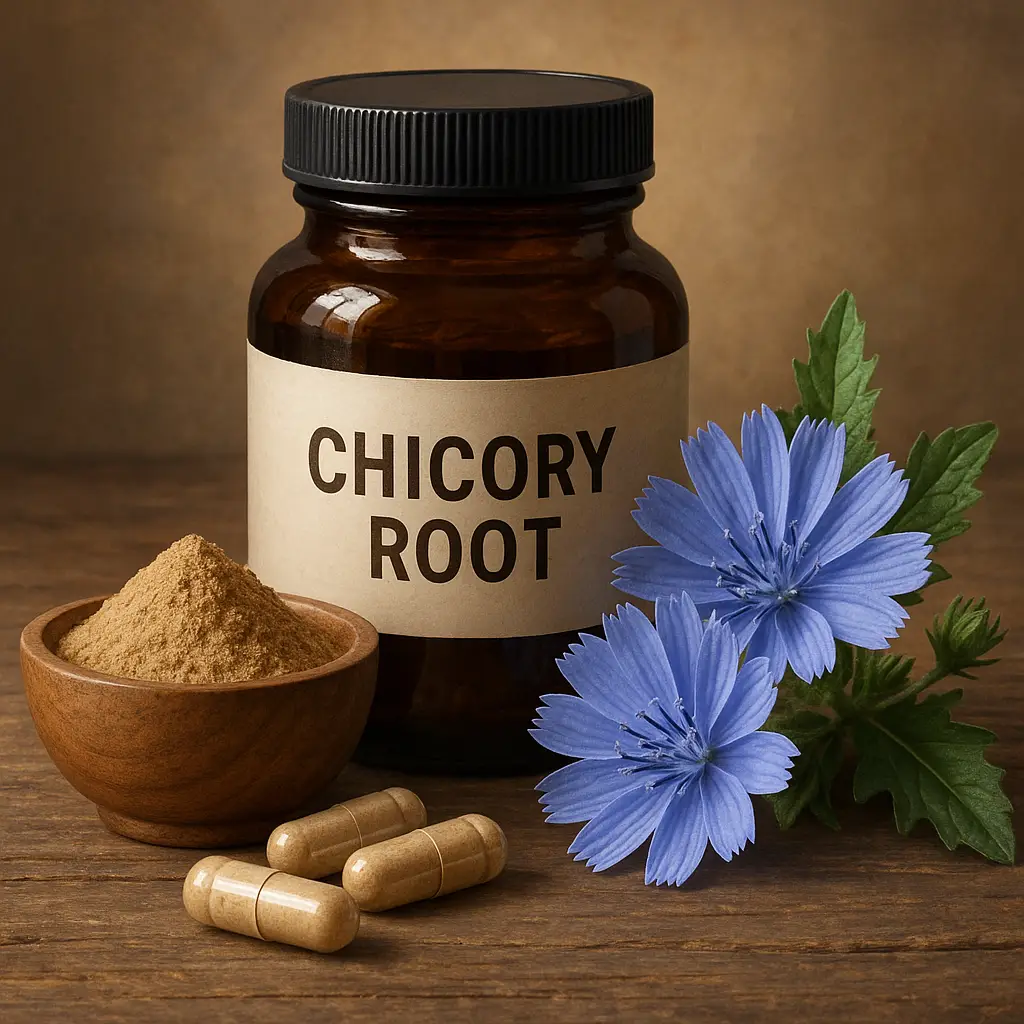
What is Chicory Root? Chicory root, scientifically known as Cichorium intybus, is a perennial herb that primarily grows in Europe, although it can now be foun…
Read more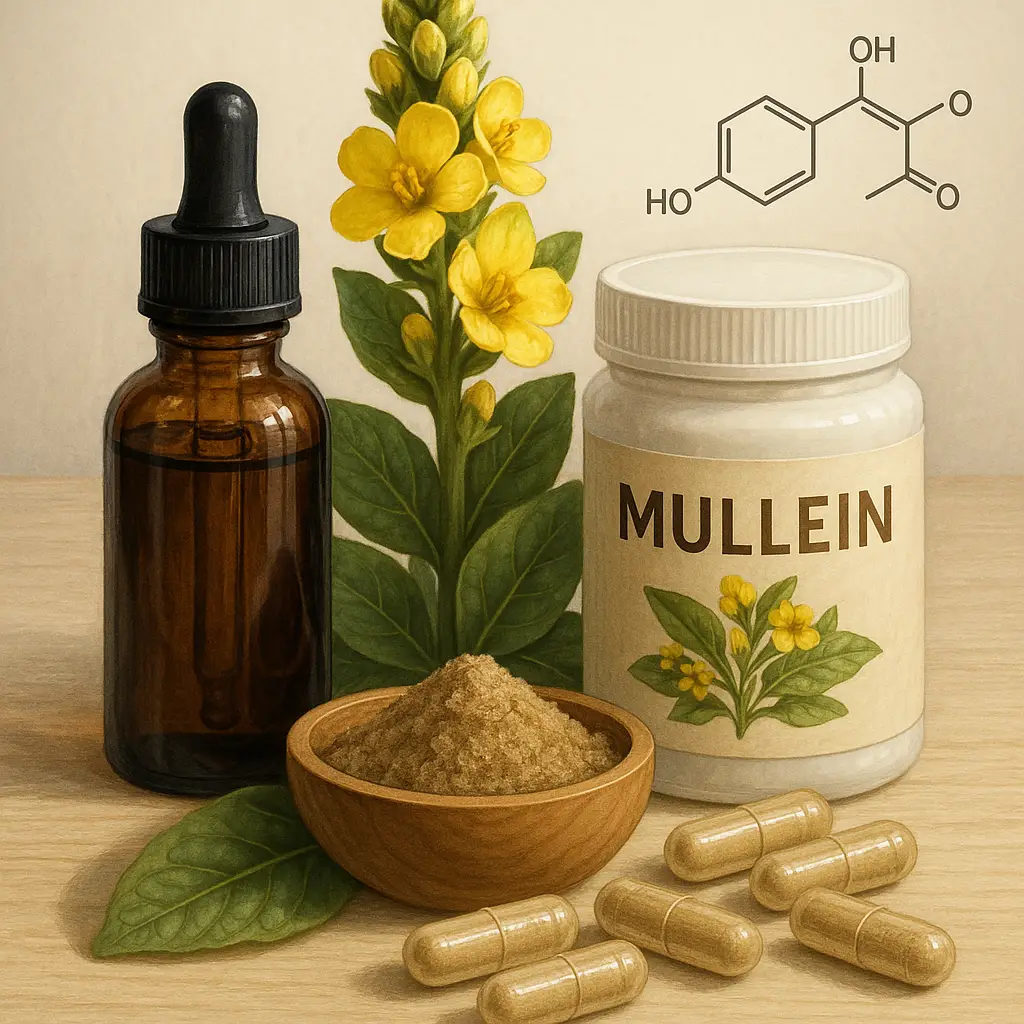
What is Mullein? Mullein, scientifically known as Verbascum thapsus, is a flowering plant that belongs to the figwort family. Native to Europe and Asia, it ha…
Read more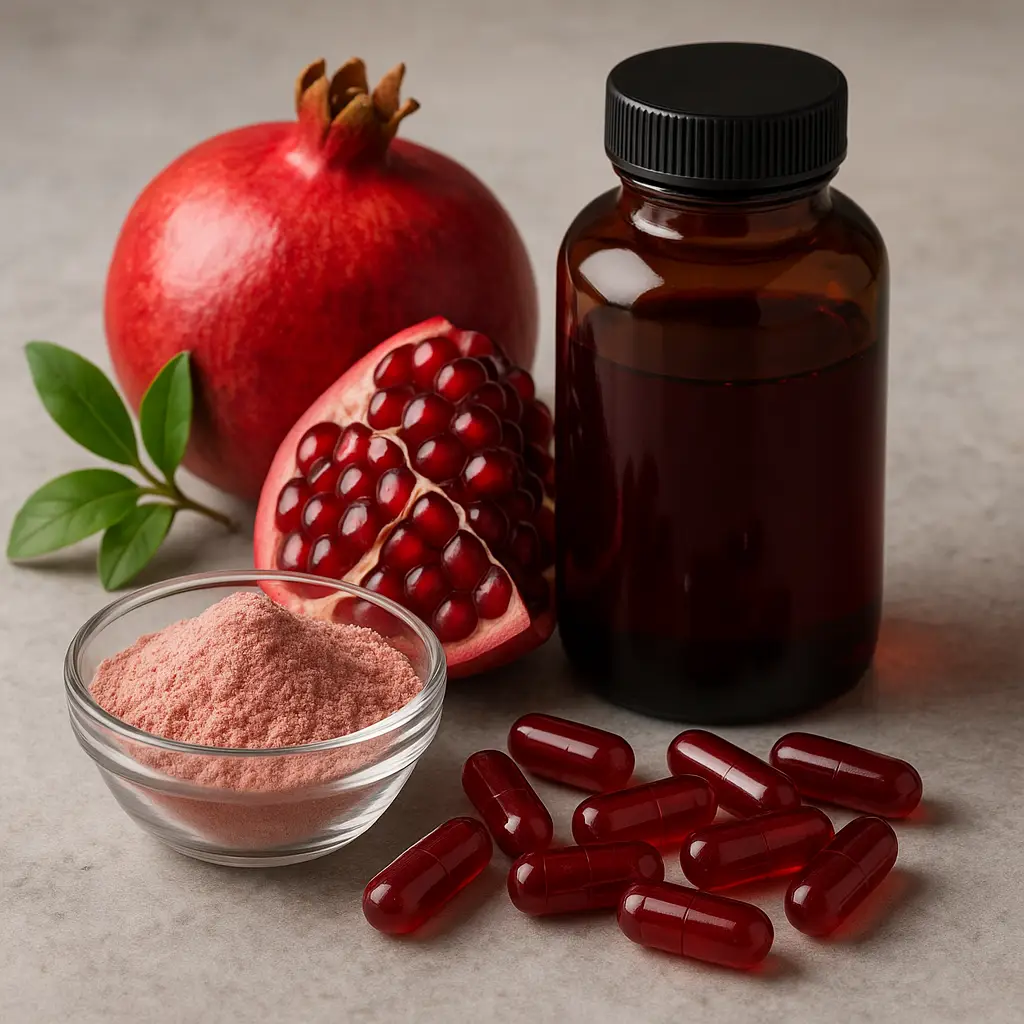
html What is Pomegranate? Pomegranate (Punica granatum) is a fruit-bearing deciduous shrub native to the region extending from Iran to northern India. Today,…
Read more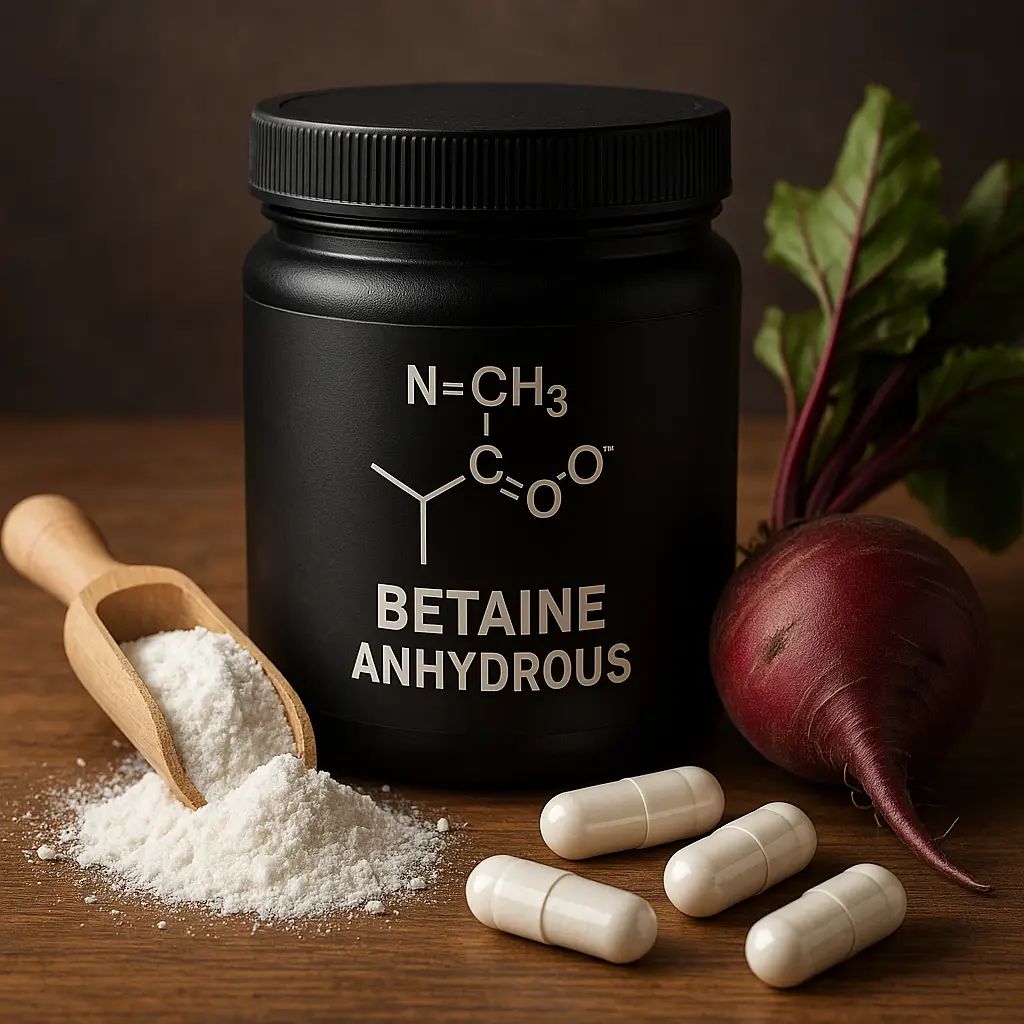
What is Betaine Anhydrous? Betaine anhydrous, also known simply as betaine, is a naturally occurring compound derived from the amino acid glycine. It is found…
Read more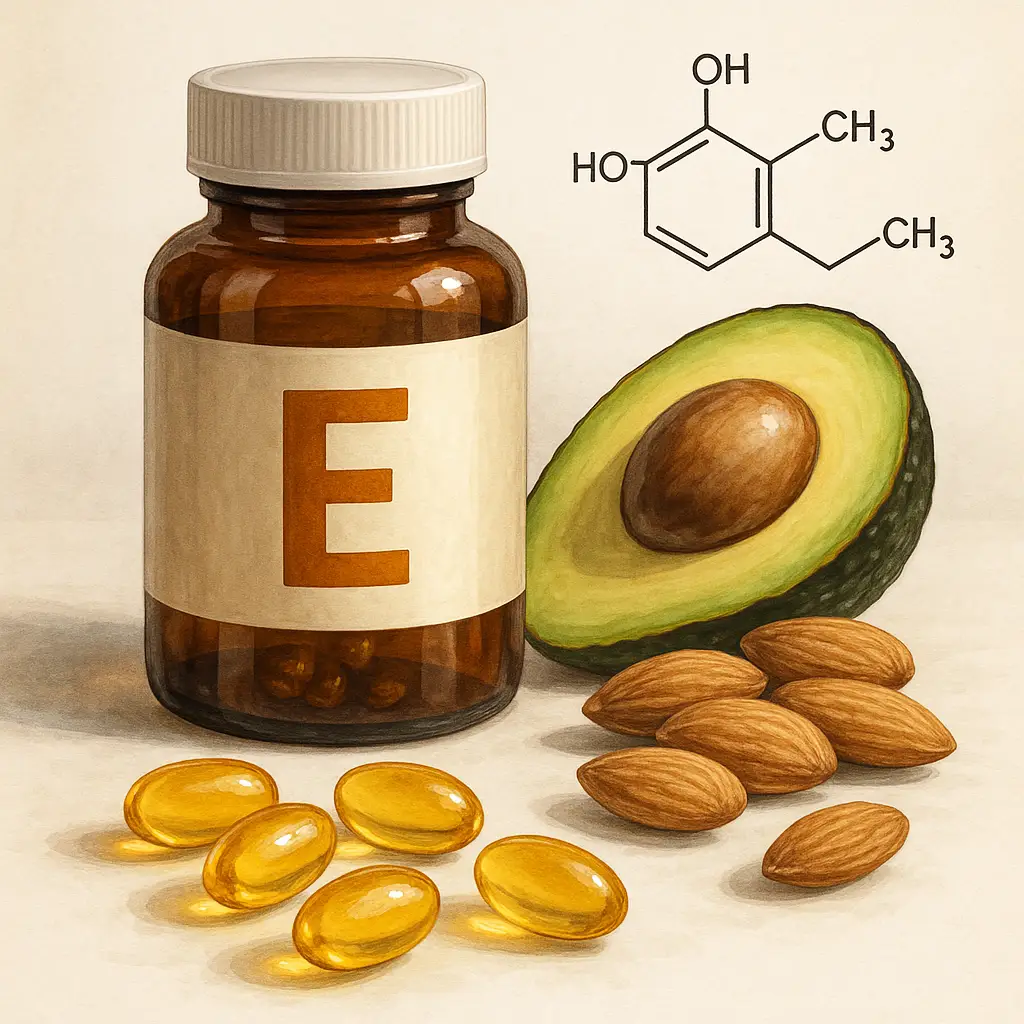
Understanding Vitamin E: The Essential Nutrient for Health and Performance Vitamin E is a fat-soluble vitamin that plays a critical role in maintaining vari…
Read more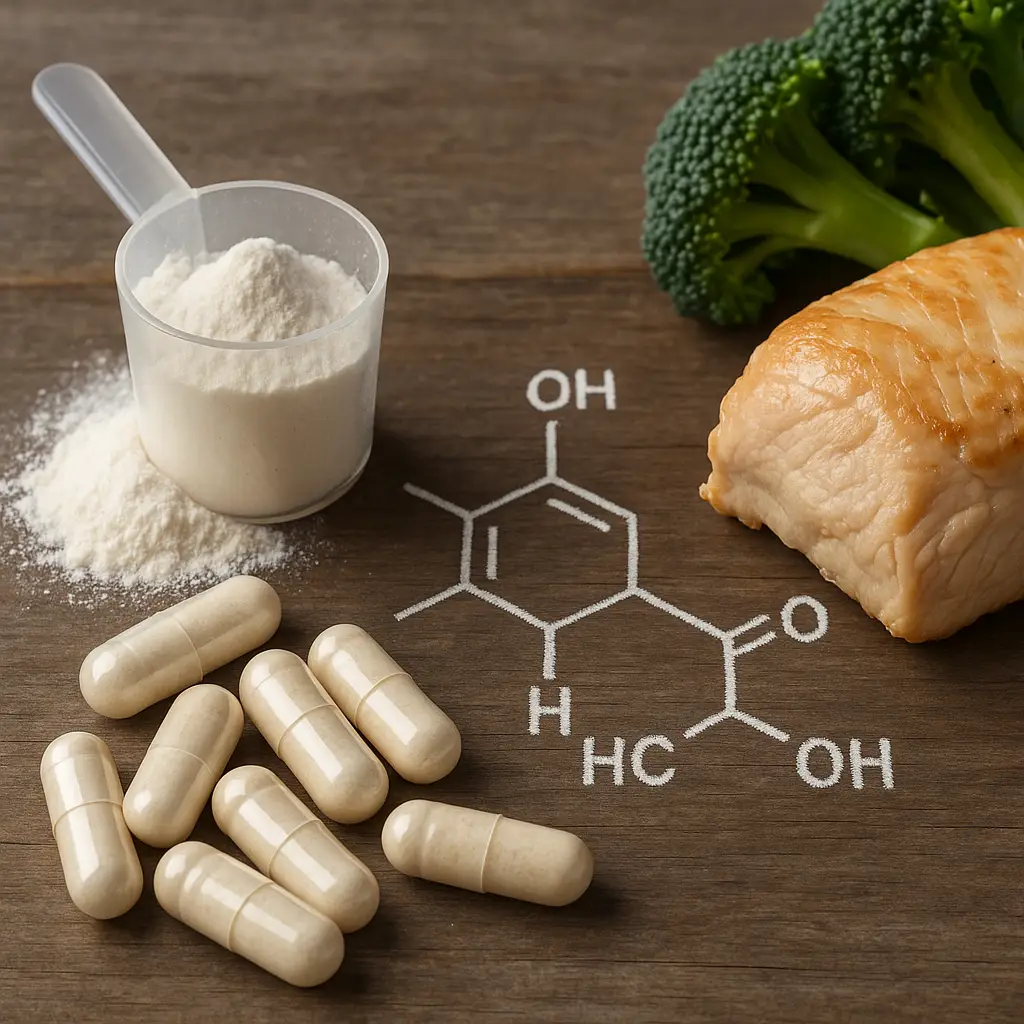
What is HMB? HMB, or beta-hydroxy beta-methylbutyrate, is a metabolite of the amino acid leucine, which plays a crucial role in muscle protein synthesis. It w…
Read more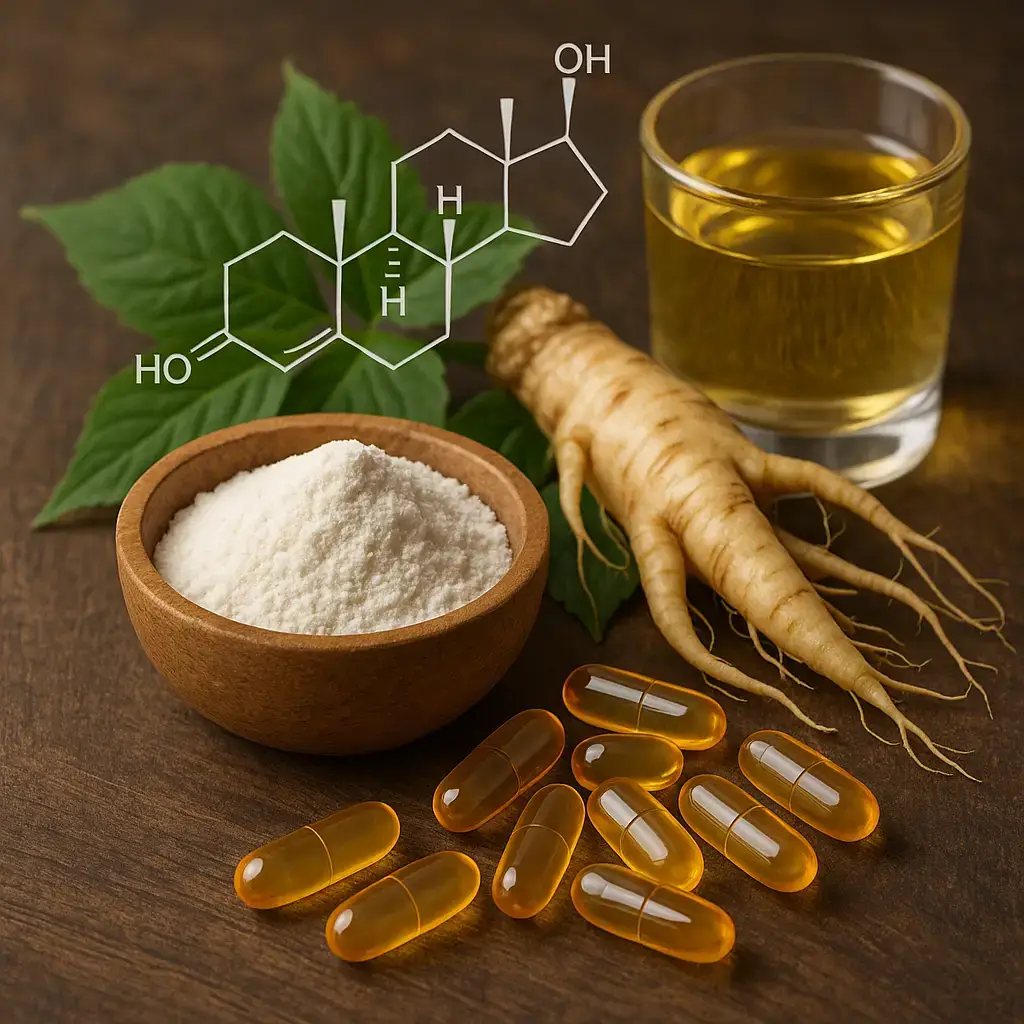
What is DHEA? Dehydroepiandrosterone (DHEA) is a hormone produced by the adrenal glands, which are located on top of each kidney. DHEA serves as a precursor t…
Read more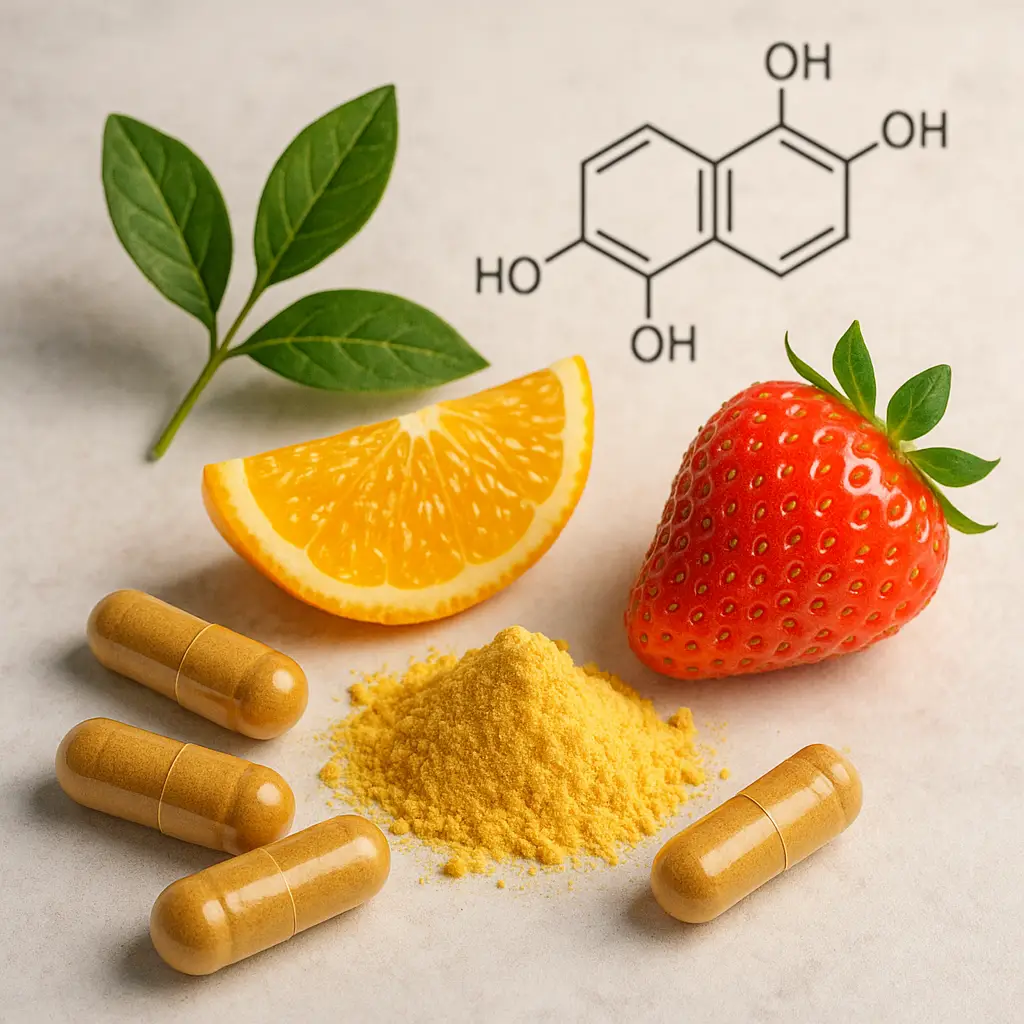
What is Bio-Fisetin? Bio-Fisetin is a naturally occurring flavonoid found in various fruits and vegetables. It belongs to the flavonoid family and is recogniz…
Read more
What is Bee Pollen? Bee pollen is a nutrient-rich substance collected by bees from the pollen of flowers and mixed with nectar and bee secretions. It serves a…
Read more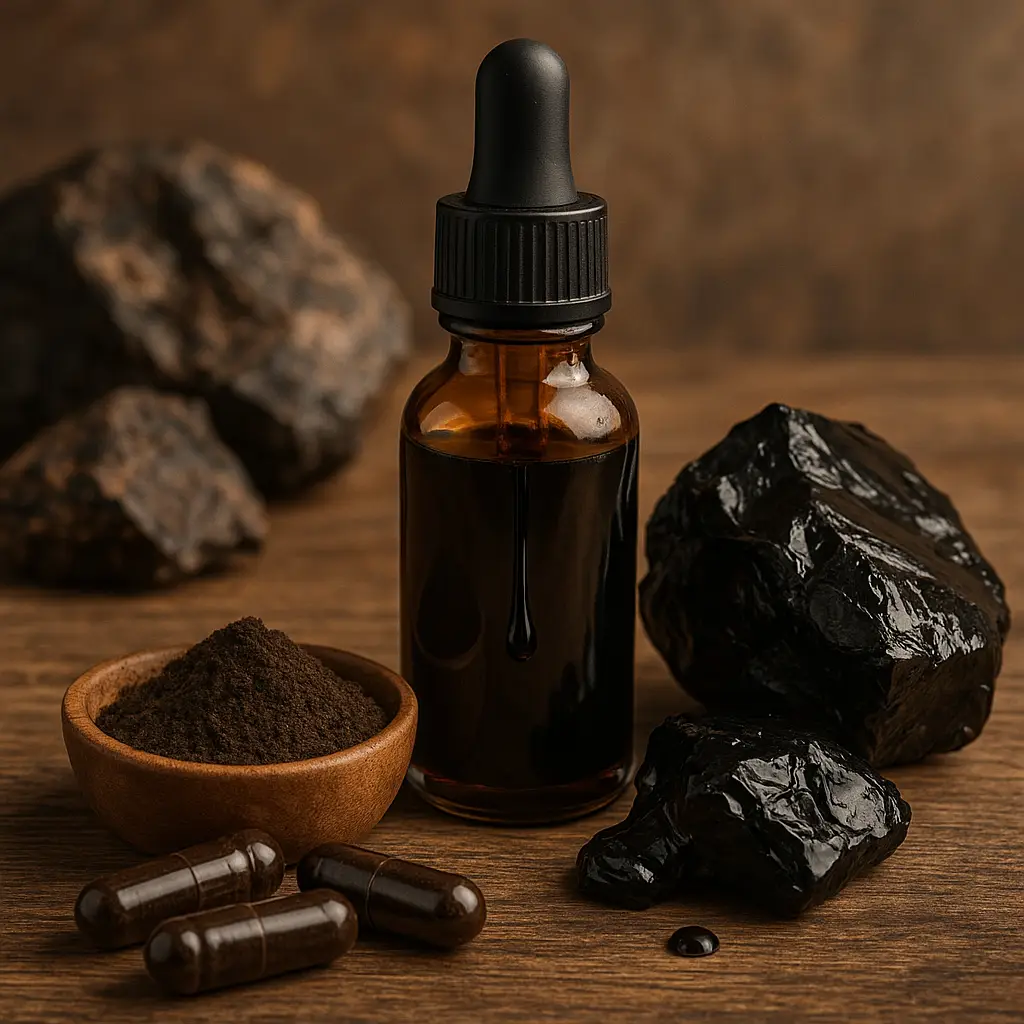
What is Shilajit? Shilajit is a natural substance found primarily in the mountainous regions of the Himalayas, Altai, and Caucasus. It is formed from the deco…
Read more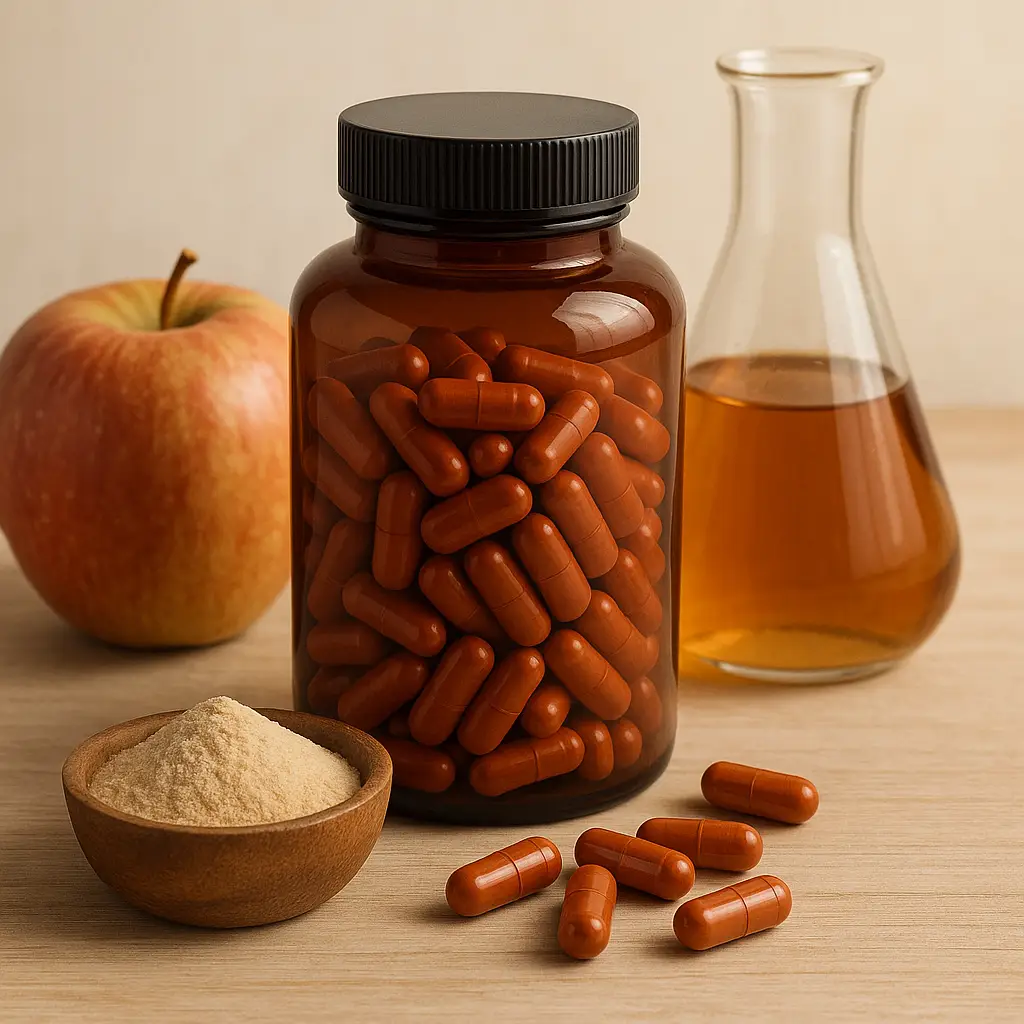
What is Apple Cider Vinegar? Apple Cider Vinegar (ACV) is a fermented liquid made from crushed apples, sugar, and yeast. Its origins date back thousands of ye…
Read more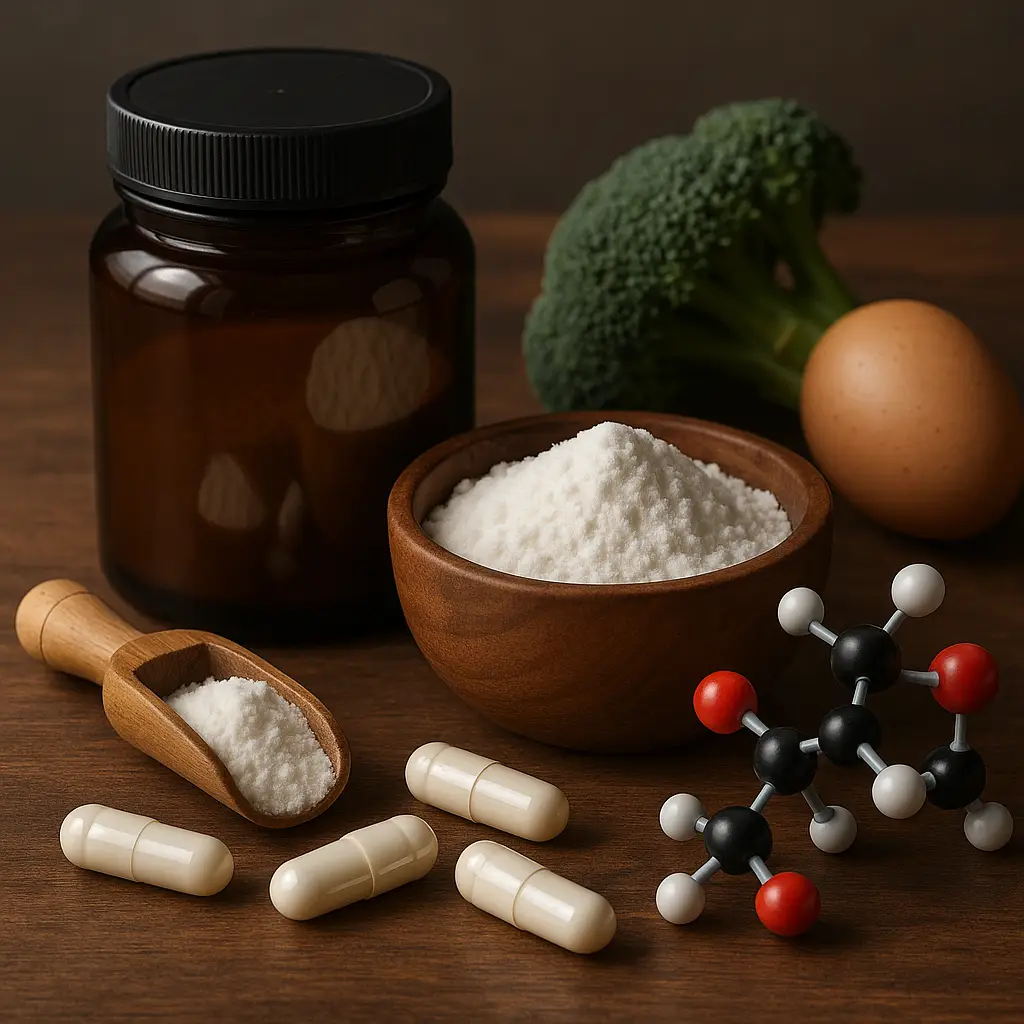
Alpha GPC (Alpha-glycerophosphocholine) is a naturally occurring compound in the brain that is a precursor to the neurotransmitter acetylcholine. It has gained…
Read more
Jerusalem Artichoke Fiber is derived from the tuber of the Jerusalem artichoke (Helianthus tuberosus), a plant native to North America. This fiber is primarily…
Read more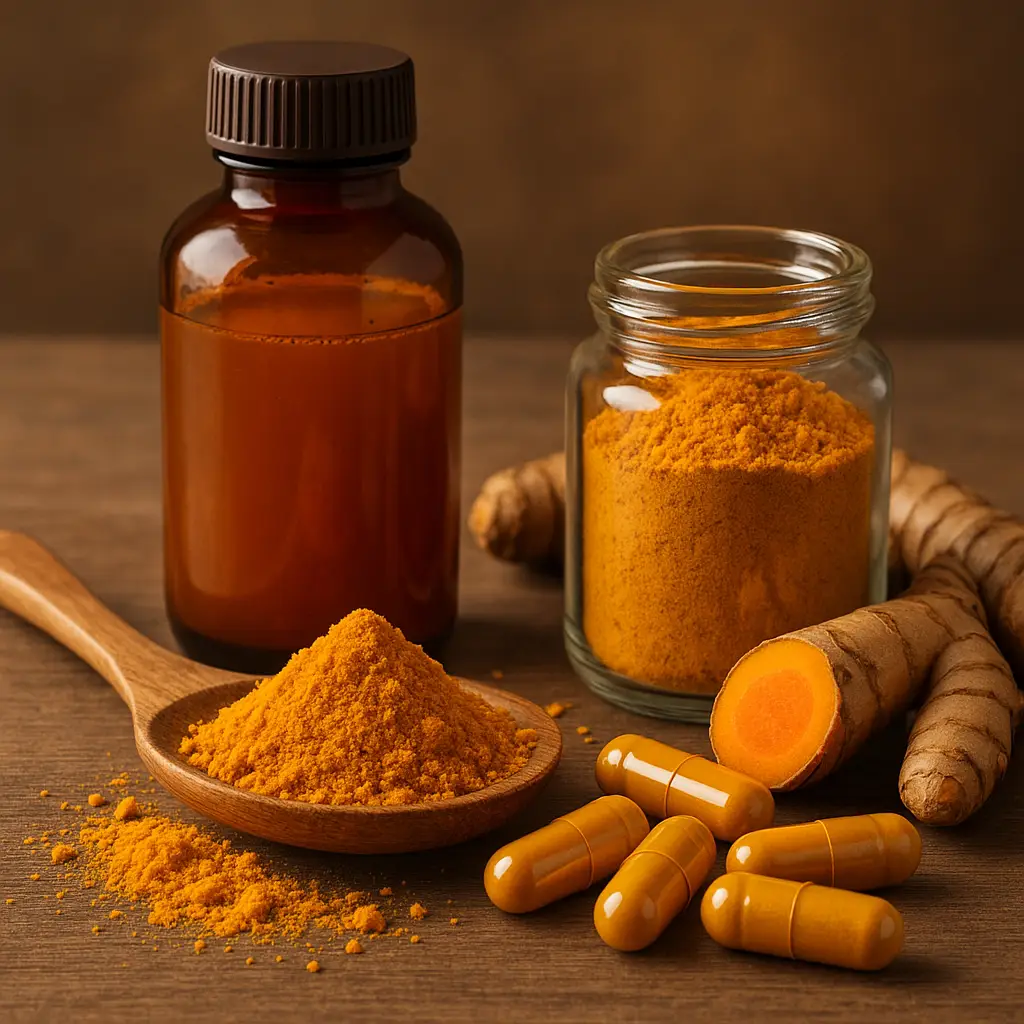
Turmeric, a vibrant yellow spice derived from the root of the Curcuma longa plant, has been used for centuries not only for its culinary applications but also …
Read more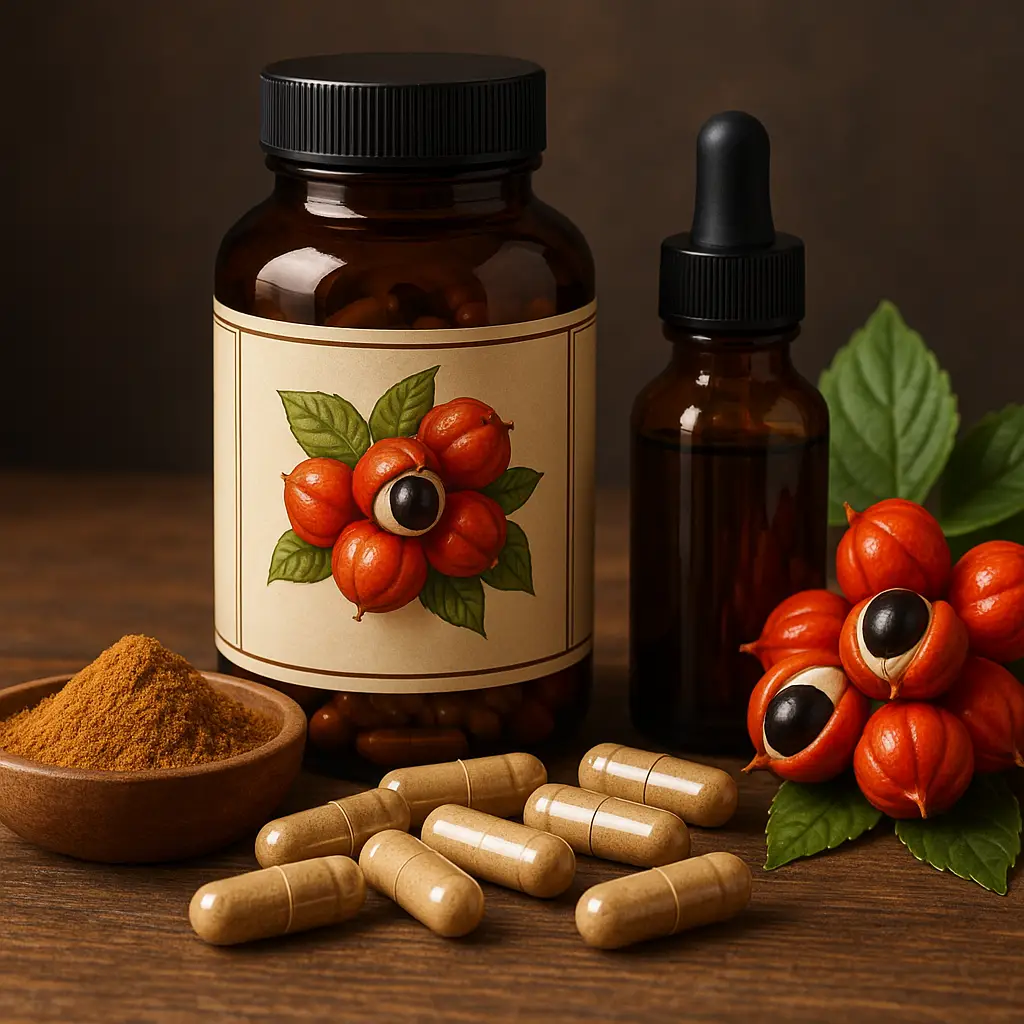
What is Guarana? Guarana is a plant native to the Amazon rainforest, particularly found in Brazil. Its scientific name is Paullinia cupana, and it has been us…
Read more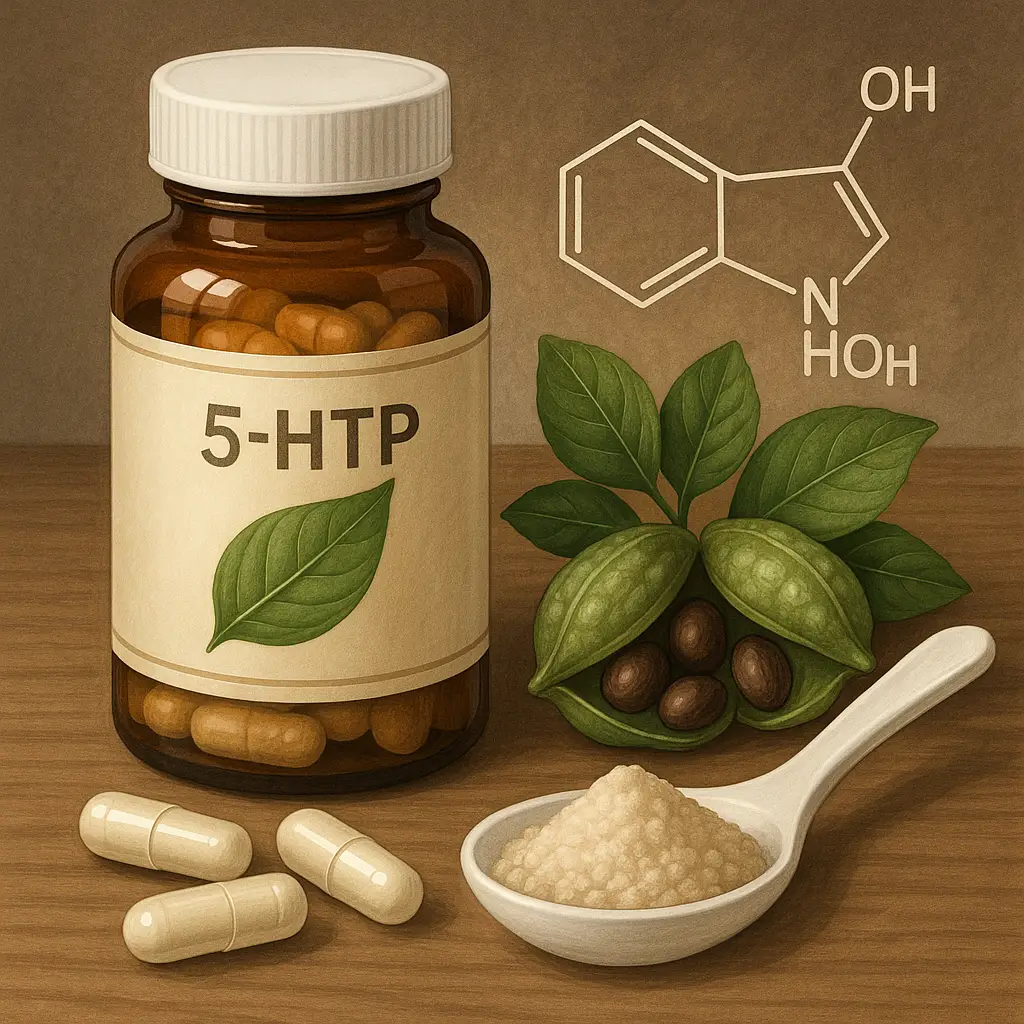
What is 5-HTP? 5-Hydroxytryptophan (5-HTP) is a naturally occurring compound that is a derivative of the amino acid tryptophan. It is a precursor to serotonin…
Read more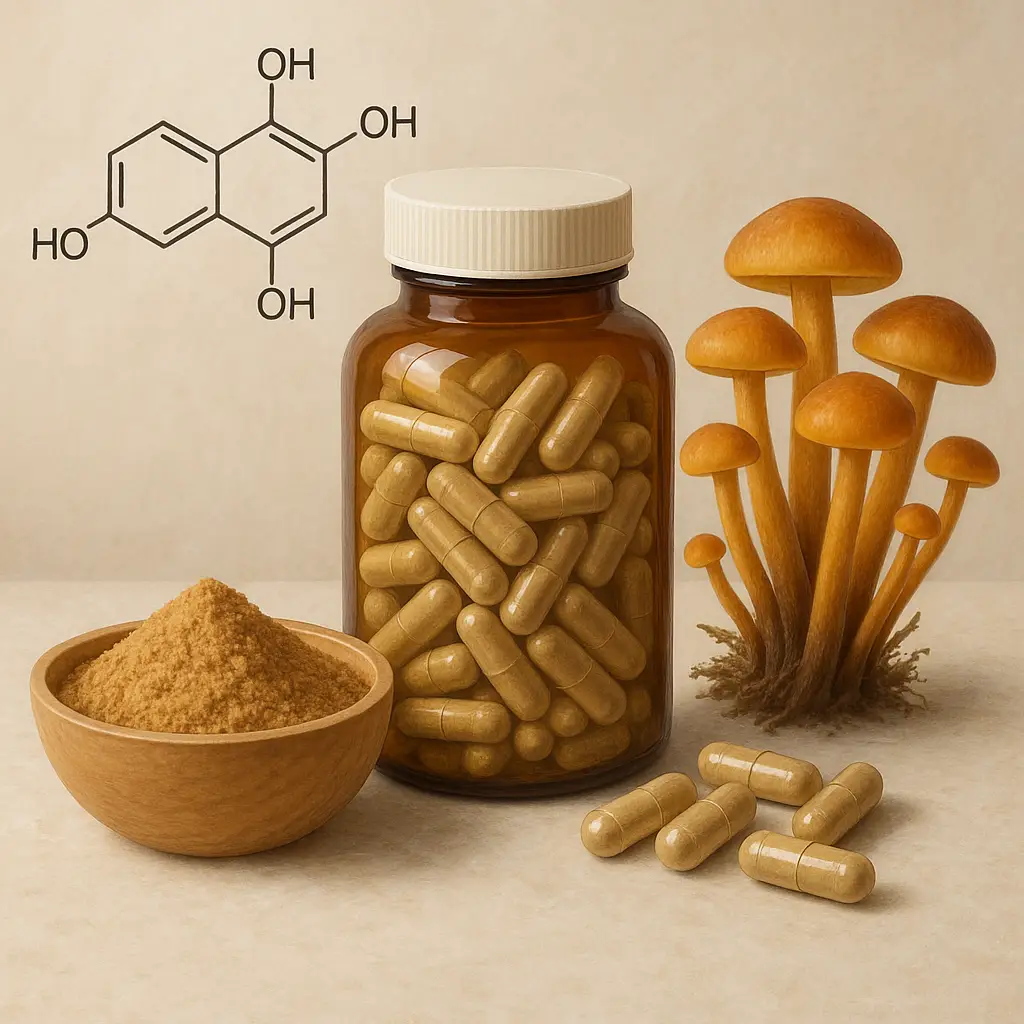
What is Velvet Foot? Velvet foot, scientifically known as Trametes versicolor, is a medicinal mushroom that has been used for centuries in traditional Asian m…
Read more
Aloe Vera: The Health and Performance Powerhouse Aloe Vera is a succulent plant that has been used for centuries in traditional medicine and cosmetics. Know…
Read more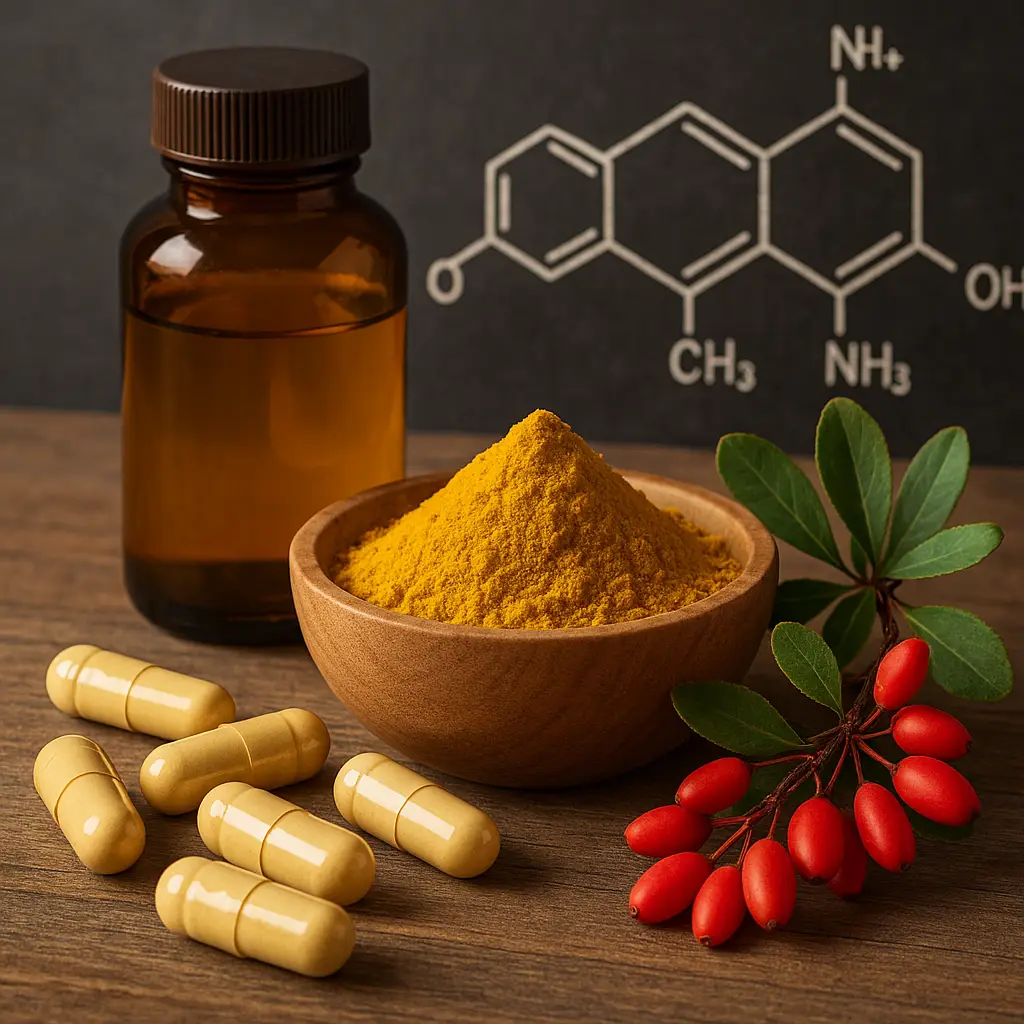
What is Berberine? Berberine is a natural compound that belongs to a class of compounds called alkaloids. It is derived from various plants, most notably from…
Read more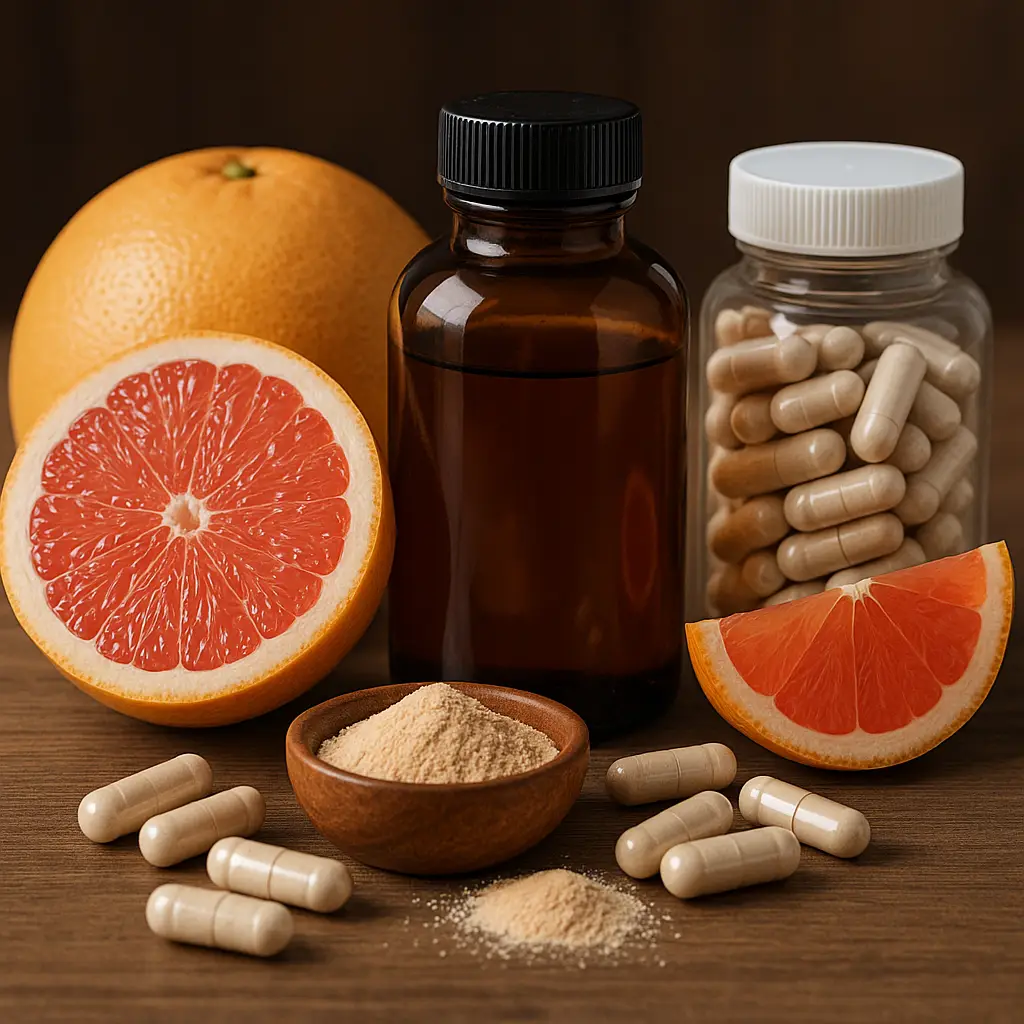
What is Grapefruit? Grapefruit is a citrus fruit that originally hybridized from a cross between the sweet orange and the pomelo. This tangy fruit, known for …
Read more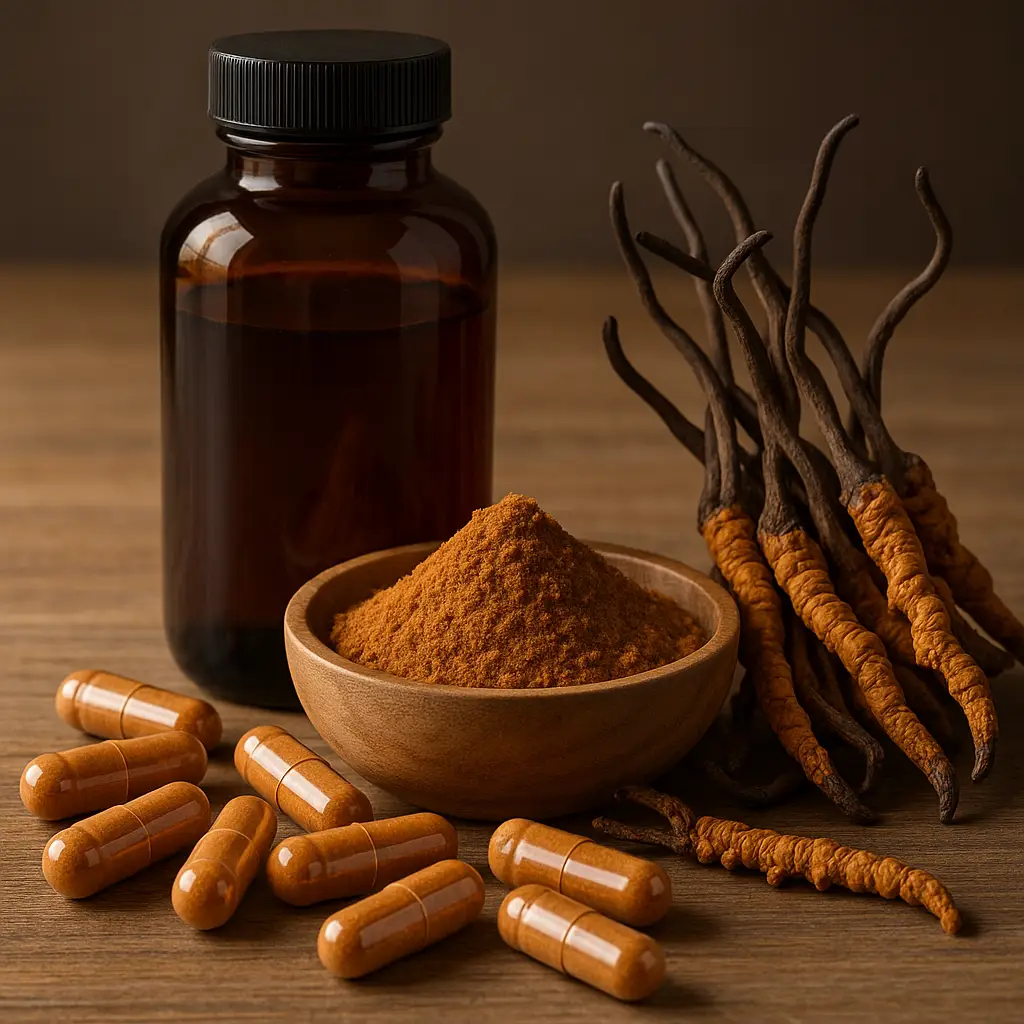
What is Cordyceps? Cordyceps is a type of fungus that has been used in traditional Chinese medicine for centuries. Specifically, the Cordyceps sinensis specie…
Read more
What is Reishi? Reishi, scientifically known as Ganoderma lucidum, is a medicinal mushroom that has been used for thousands of years in traditional Chinese me…
Read more

